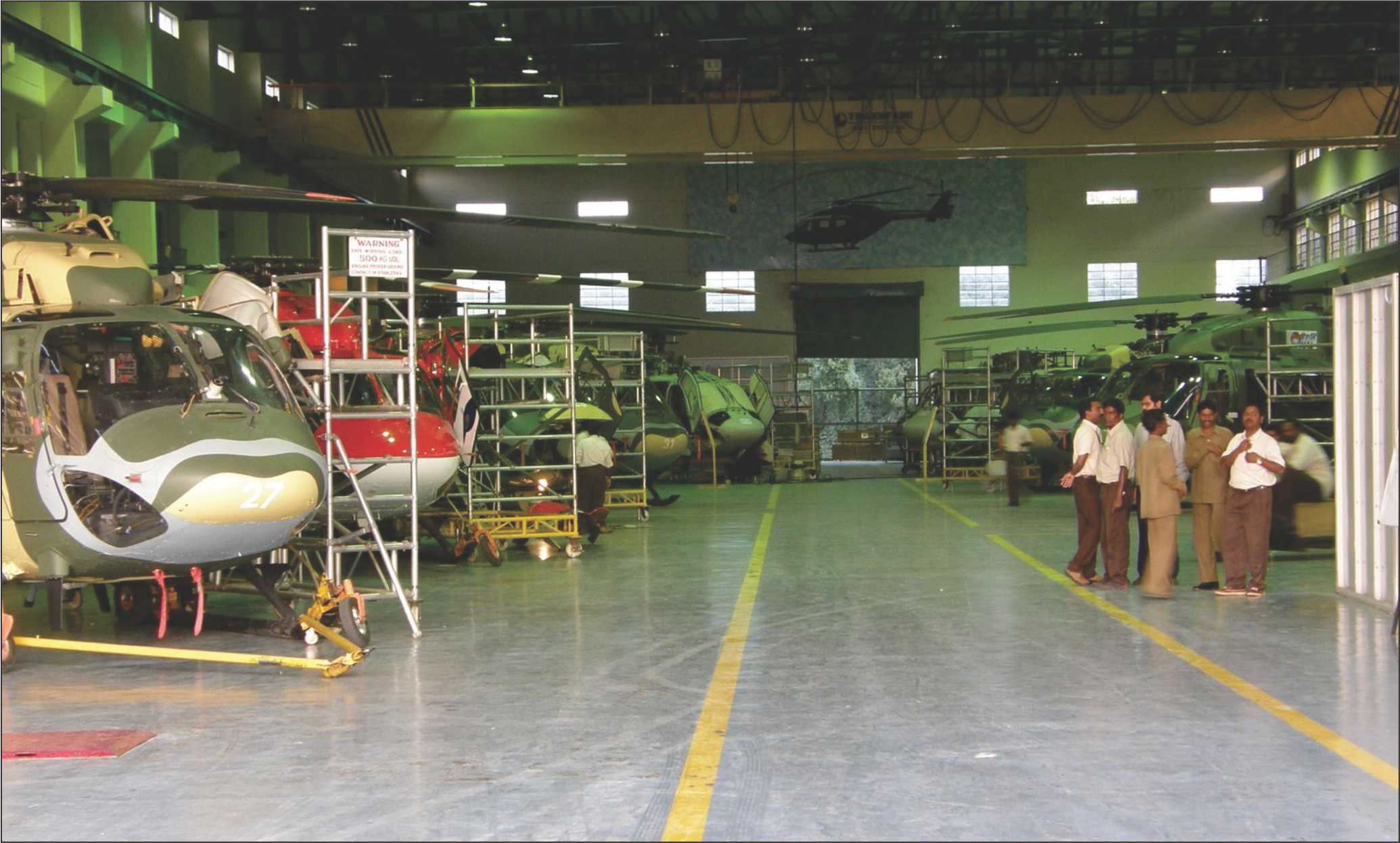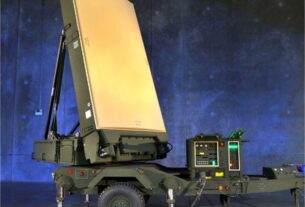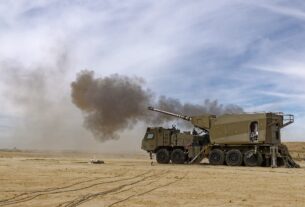Challenges for DPSUs and aerospace industry
Indian aerospace industry is yet tightly compartmentalized in the commercial/scientific extremely heartwarming exertions of the Indian Space Research Organisation and the military/defence activities of the Defence Research and Development Organisation which has produced the entire range of several families of missiles from the long-distance Agni 5 to the Prithvi Advanced Air Defence anti-ballistic missile defence shield. Military aviation of strike fighters and transport is still in its nativity phase given that the Tejas has still to attain its final flight clearance certification and civil/military transport aircraft still in the drawing board stage. Things are in the takeoff stage given that the private sector led by a company that put India on the commercial airline map, the Tatas, have started showing an interest in the defence sector and specifically maintenance, repair and overhaul (MRO) segment in the market. Cumulatively, there is potential for a very viable aerospace military-industrial complex.
Much depends on how well the lessons from the past, of inordinate delays, and inadequate thrust-to-weight calculi of both indigenous and imported engines, has been learned. A foundation of indigenous power plants of various capacities will have to be laid with import of engines restricted for specialized applications undertaken only to hasten timelines. A beginning has been made in the creation of the Shakti engine for light helicopters but it will have to be upgraded to produce more thrust for heavier platforms with greater payload requirement, especially for the naval variants.
Space sector
While the space segment has, over the decades, shown creditable results, it is the aeronautics segment that has been tardy. The Indian Space Research Organisation has done India proud by using space science and technology to induce terrestrial socio-economic improvement (even as some would crib that money spent on outer space exploration-the Mars and man-in-space programs-would better have served to improve the lot of the people).
The Indian National Satellite System has ensured that India has one of the largest numbers of communications and remote sensing satellites aloft. Among the launch vehicles the Polar Satellite Launch Vehicle (PSLV) and the Geo-Stationary Satellite Launch Vehicle (the latter carrying an indigenous cryogenic engine) have become the mainstays for the light throw-weight and heavier versions of home-built satellites.
India is preparing to set up a parallel system to that of the American-maintained Global Positioning System and the Russian GLONASS with its own network. Given the massive capital investment required that portion of the aerospace system will in the foreseeable future remain a government monopoly. As an industry the spinoffs are felt in the private sector wherever entrepreneurs screw up the courage to venture forth. For example private broadcasters are buying bandwidth in ISRO networks and the launch vehicles are making money by launching other nations’ satellites.
At the terrestrial level, Hindustan Aeronautics Ltd, the Defence Public Sector Undertaking, has facilities for licensed production of the Avro freighter/passenger but it has, to date, not expanded its capabilities to venture into indigenous design and development of an entire aircraft. The experience gained in the design and development of the Tejas fighter aircraft is expected to lead to activity aimed at creating an indigenous two-seat version of a fifth generation fighter aircraft (FGFA). The single-seat version is currently being sought to be co-developed with Russian assistance.
There is a suspicion that HAL has too many projects on hand and is unable to deliver anything on time and within the projected costing. Its shadow is falling on the projected Rafale purchase from France. That country has hitherto refused to take liability for the 108 fighter aircraft to be produced under license by HAL and is insisting on a private sector partner and an increase in cost. With both the French and the Russian (FGFA) deals in jeopardy it remains to be seen how the government handles the situation. It needs to be emphasized that though HAL may be ranked among the world’s first 40 manufacturing enterprises its order book is largely padded with under-license products except for the Dhruv helicopters for which buyers in Latin America have shown interest after the Ecuador experience. The follow on ab initio trainer and the replacement for the Kiran jet trainer have yet to see the light of day and India has had to fall back on imports, thereby making a mockery of the concept of self-reliance. The final objective of the nation to become largely self-sufficient in this very important portion of the economy is still a very distant dream.
Growing expectations
The fact that the overall strength of the Indian Air Force has fallen to just 34 squadrons due to accidents and obsolescence, is partly due to technical failures in aircraft manufactured by HAL. While pilot error may contribute to the larger percentage of accidents nearly half are caused by technical faults in the aircraft a large portion of which can be traced directly to maintenance and repair sources. Nonetheless, it has made signal contribution to the composite aerospace domain. HAL manufactures structures and assemblies for the launch vehicles and satellites in its Aerospace Division in Bengaluru. Because of the competence built over the decades, the expectation is that HAL will play a leading role in India’s aerospace programs in the future. The talk of an indigenous Fifth Generation Fighter Aircraft is a pointer in that direction.
Over the years, India has built a large portion of the infrastructure that can contribute to future aerospace programs, especially in creating lightweight but tough metallic alloys in the Mishra Dhatu Nigam (MIDHANI) super alloys complex. It has evolved the technology of creating, handling and machining titanium-based alloys for the aircraft and aerospace industry. One analysis of the MIDHANI contribution to the aerospace industry reads: “It caters to domestic and international customers with modern metallurgical facilities and high degree of technical competence for manufacturing its diverse product mix of super alloys, titanium alloys, special purpose steels, electrical resistance & soft magnetic alloys, molybdenum and other alloys meeting the stringent requirements of the strategic sectors like defence, aerospace, power and general engineering, etc.”
The Bharat Dynamics Ltd is the nodal agency for the production of all the types of missiles in the Indian arsenal under the Integrated Guided Missile Development Program which gave India its nuclear deterrent capability in the Prithvi and Agni series of missiles. Beginning with productionisation of first generation anti-tank missiles BDL has assimilated state of the art technologies and has become a dependable manufacturer.
One of the major success stories of the Indian aerospace sector is that of the Brahmos joint venture with Russia. The supersonic missile has become the mainstay of the armed forces being deployed with the Army, the Indian Air Force and the Indian Navy. It has become the paradigm that has applications in other armaments required by the armed forces and that is why under the successive Defence Procurement Procedures efforts are underway to import technologies under the Transfer of Technology scheme to facilitate joint ventures in Indian laboratories and production houses.
The intention is to ingest foreign know how and build on it to work for self-reliance in military hardware. To encourage this process the NDA government has raised the Foreign Direct Investment to 49 per cent but discrepancies have been cited by experts in the offsets policy which since it was introduced has not produced the desired results and far from encouraging indigenous private sector has proved a dampener by the No Cost No Commitment clause in the testing stage. The absence of commitment in terms of volume of trade has proven to become a dissuader as far as the private sector is concerned. Demands have been made for removal of service tax and other such impediments.
The civil Aviation sector has shown significant growth (the collapse of private sector airlines notwithstanding) the accent currently is on modernization of airports, communications, navigation and surveillance systems for air traffic management, radars and facilities for Maintenance Repair and Overhaul of aircraft and sub systems. An indicator of the attractiveness of the MRO sector is the intention of the Tata group of companies to return to running airlines of its own.




